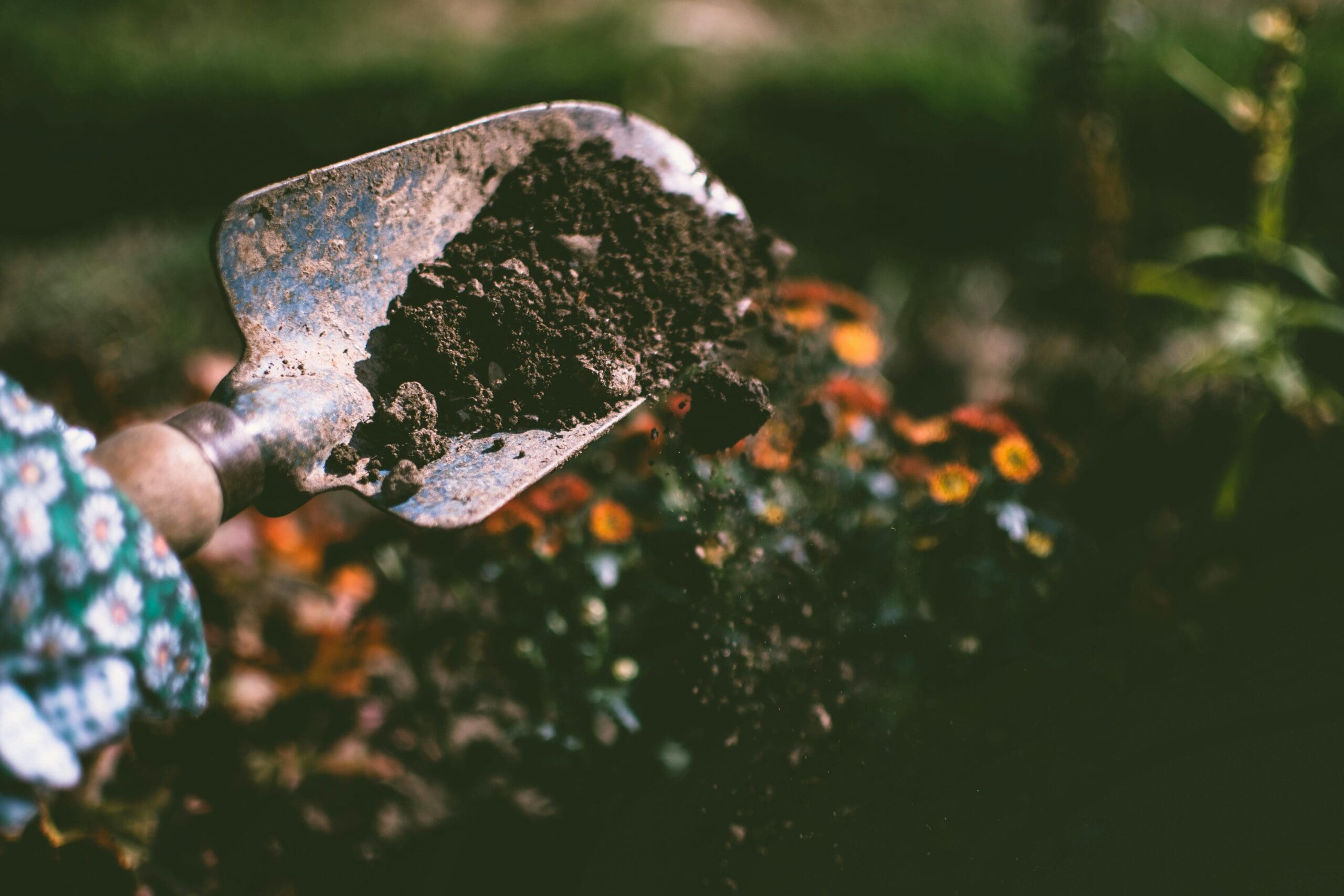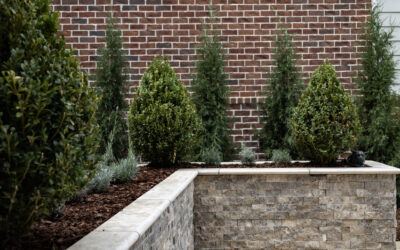Fall planting is a sure way to have happy plants in spring! A variety of outdoor plants are perfectly happy with being planted in the fall, and even thrive if planted in the cooler autumn months. The following process can be used for a variety of outdoor plants. Plus, the best time to plant most trees, shrubs, and perennials in Tennessee is November through March, due to a lower risk of transplant shock!

Supplies you may need:
- Shovel or spade
- Watering can or hose
- Soil conditioner
- Fertilizer
- Mulch
(Be aware of underground utilities. Call 811 to have utilities marked before digging. It takes 2-3 days, so plan ahead. This limits the risk of breaking a utility wire or pipe which can be dangerous and expensive.)
1. Dig the hole
Dig a hole 2-3 times the diameter of the nursery pot and an inch or two shallower than the depth of the pot. Ex. A pot with a rooting depth of 10” should have an 8” deep hole.
2. Amend the soil
Mix the soil that was removed from the planting pit with soil conditioner/compost in an even ratio.
3. Prep & Place
Check that the soil is moist. If the soil in the pot is dry, water it before planting. Remove the plant from the pot. Massage or prune any circling roots to encourage outward root growth. Place the root ball in the center of the hole. Make sure 1-2” of the root ball is above the top of the hole.
4. Fill the hole
Backfill the hole around the root ball using the blend of soil/soil conditioner/compost. Gently tamp the soil down to remove air pockets.
5. Fertilize
Add slow release fertilizer. Espoma Bio Tone and Plant Tone are great options. Follow application instructions on the packaging.
6. Mulch
Apply mulch in a donut shape extending to the drip line to a depth of 3-4”. Leave a 4-8” ring around the base of the plant without mulch. Avoid piling mulch up on the trunk or stems. Mulch helps retain moisture and reduce weeds.
7. Water
Water the new planting(s) thoroughly. This will help it get established and eliminate unwanted air pockets in the soil. New plantings need to be watered frequently until the plant is established. This may be as often as everyday during the hottest months. It can take up to a year for a plant to become established. Once established, watering will only be needed during times of extended drought. Mulching will greatly reduce watering needs.





